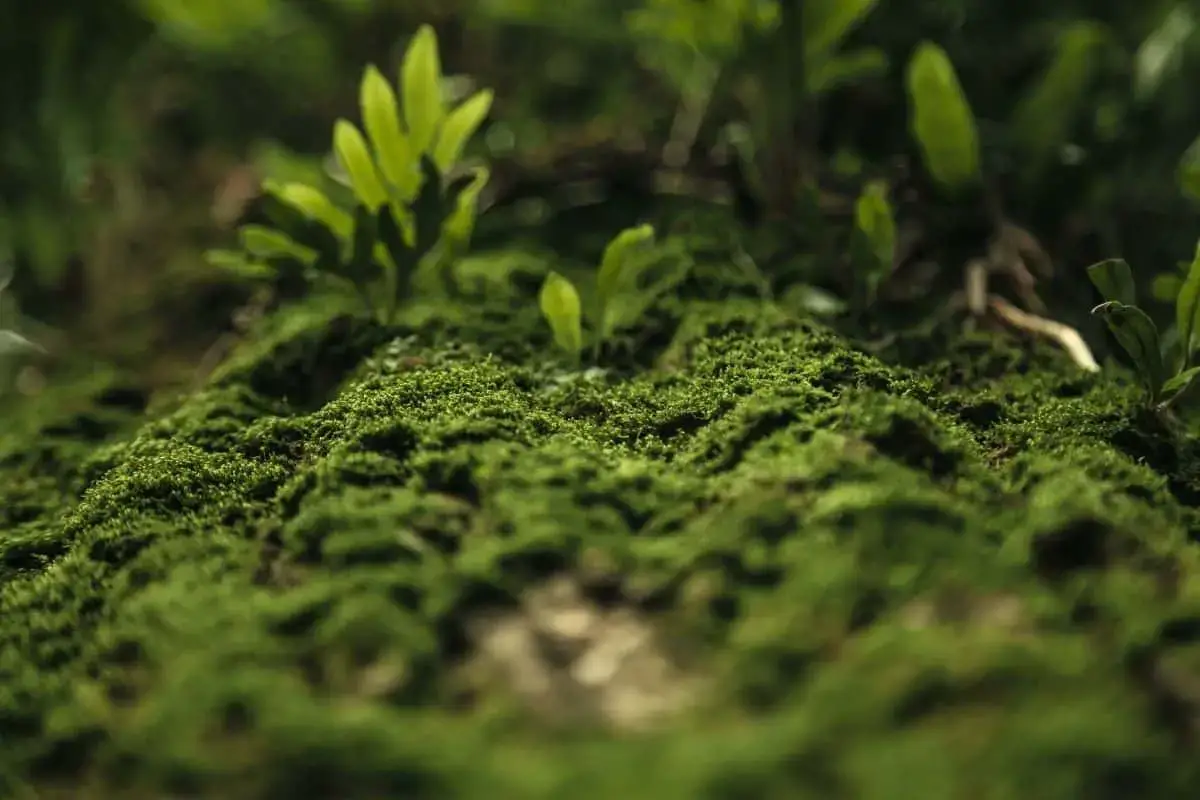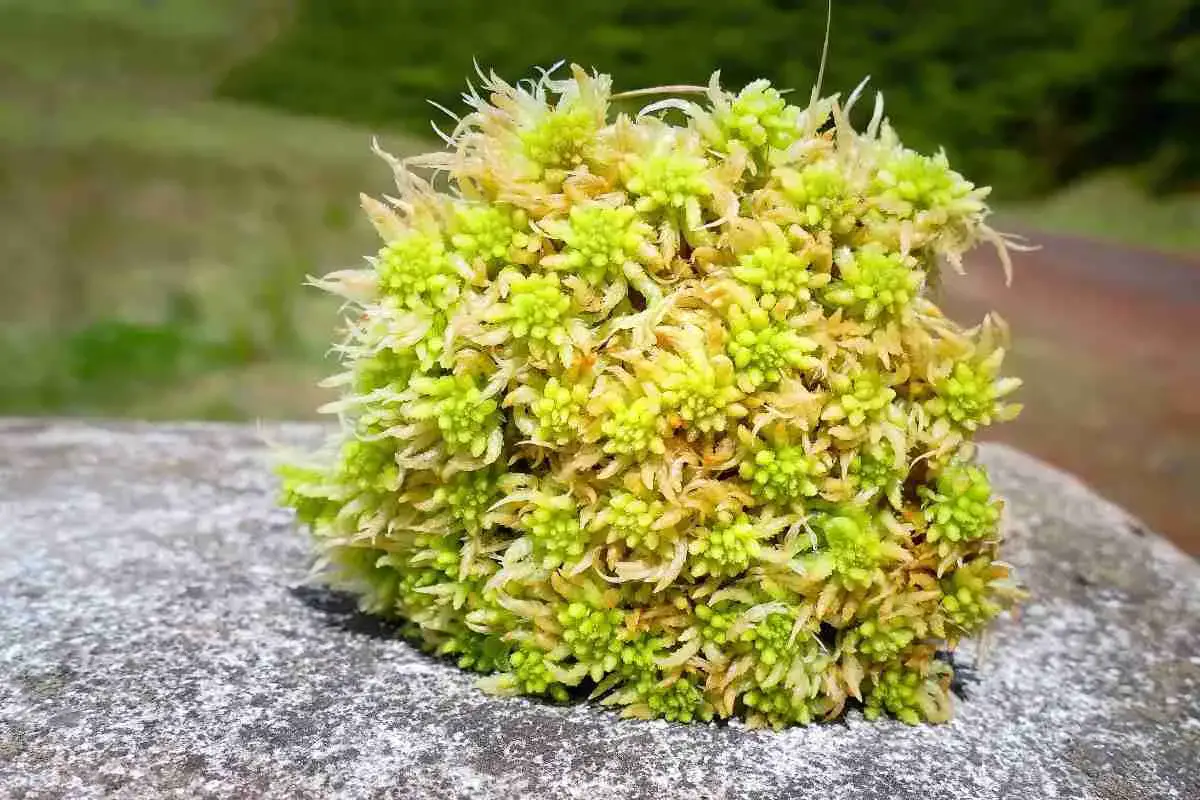
Does Sphagnum Moss Turn Green? Live Or Dried
Read more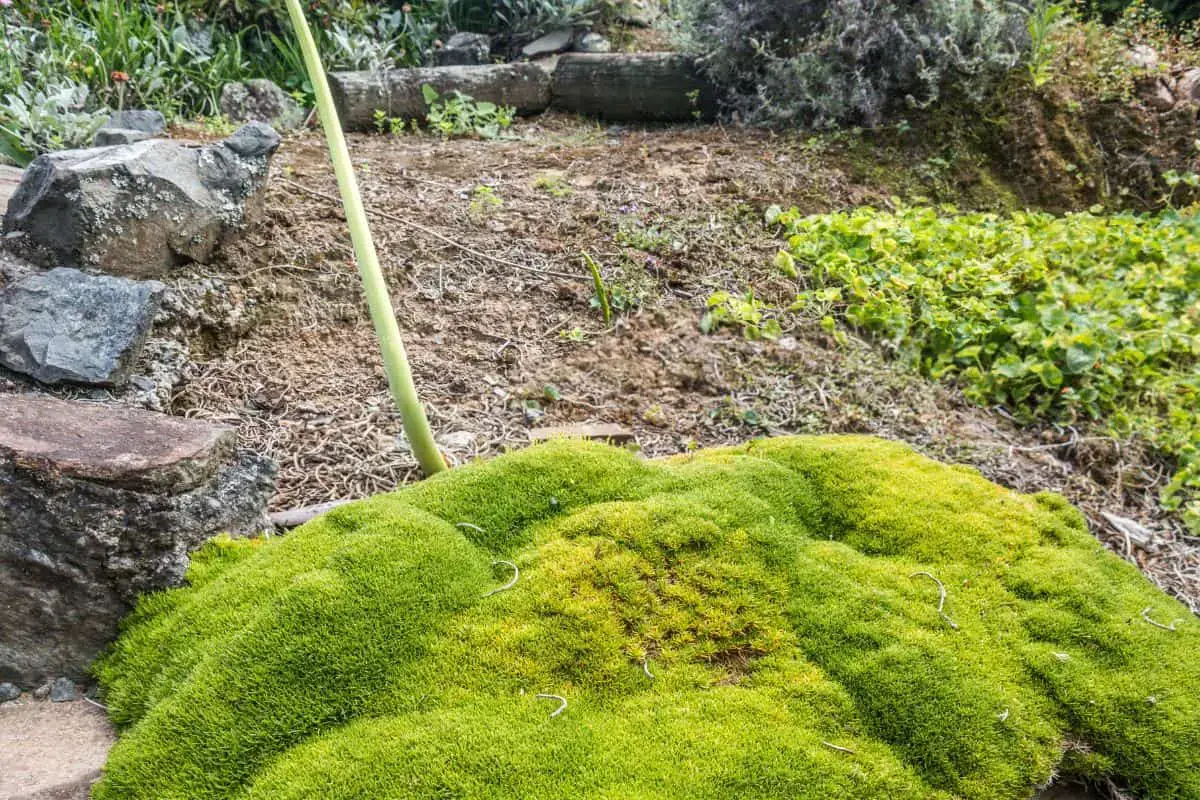
5 Steps To Make A Stunning Irish Moss Lawn
Read more
How To Remove Moss From A Roof With Vinegar?
Read more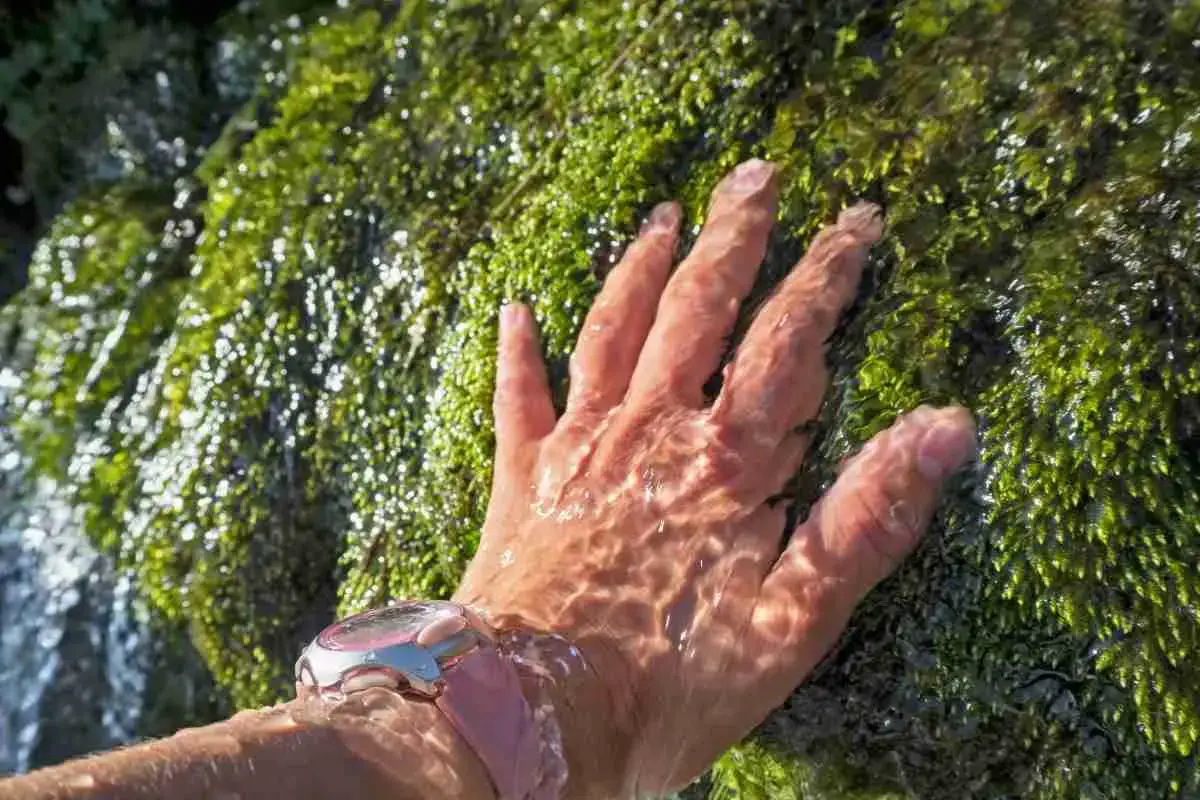
Does Moss Need Water To Survive?
Read more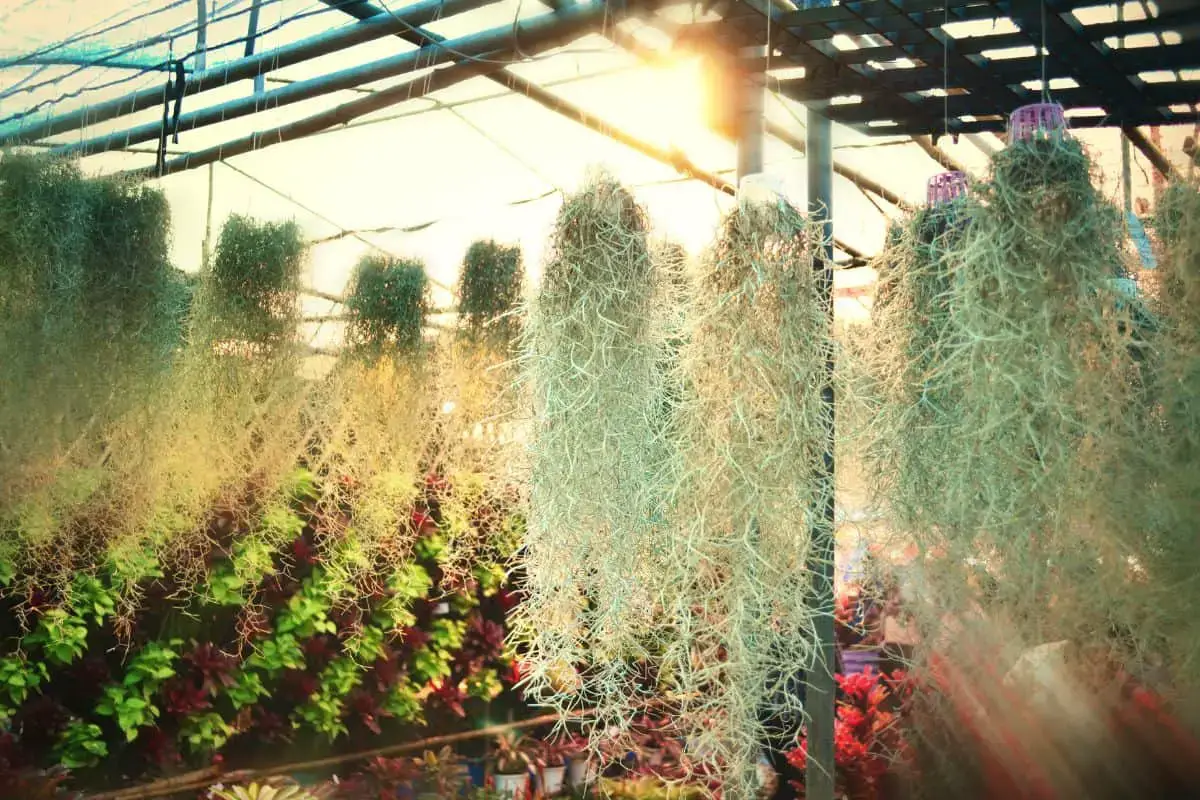
Is Your Spanish Moss Turning Brown? Here’s Why!
Read more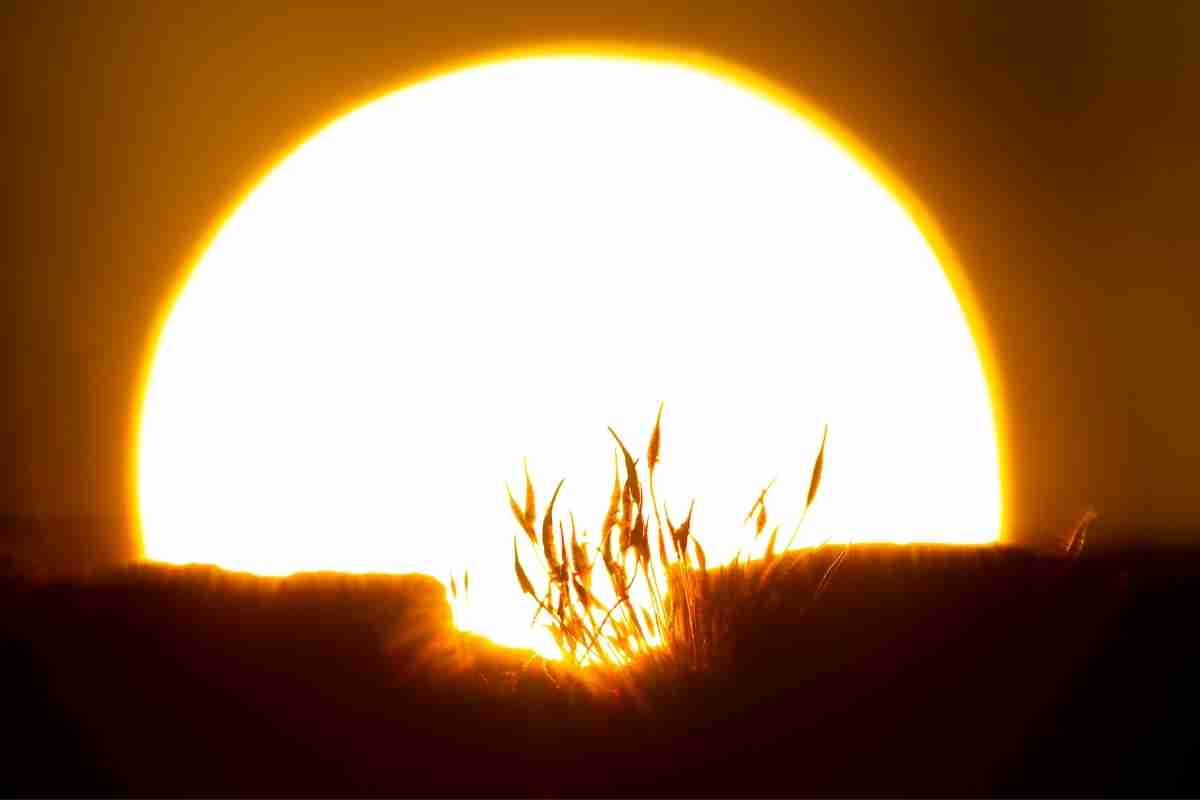
Does Moss Need Sunlight?
Read more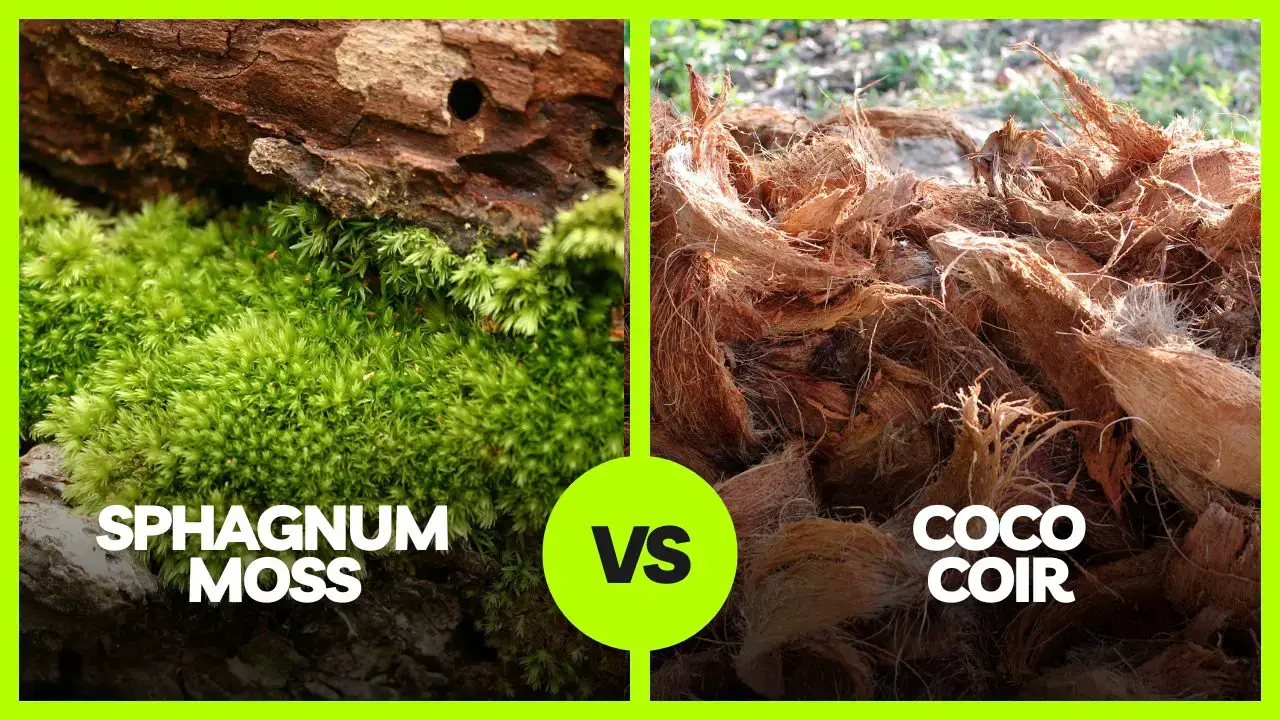
Sphagnum moss pole vs Coir pole. Which one is best for your houseplants?
Read more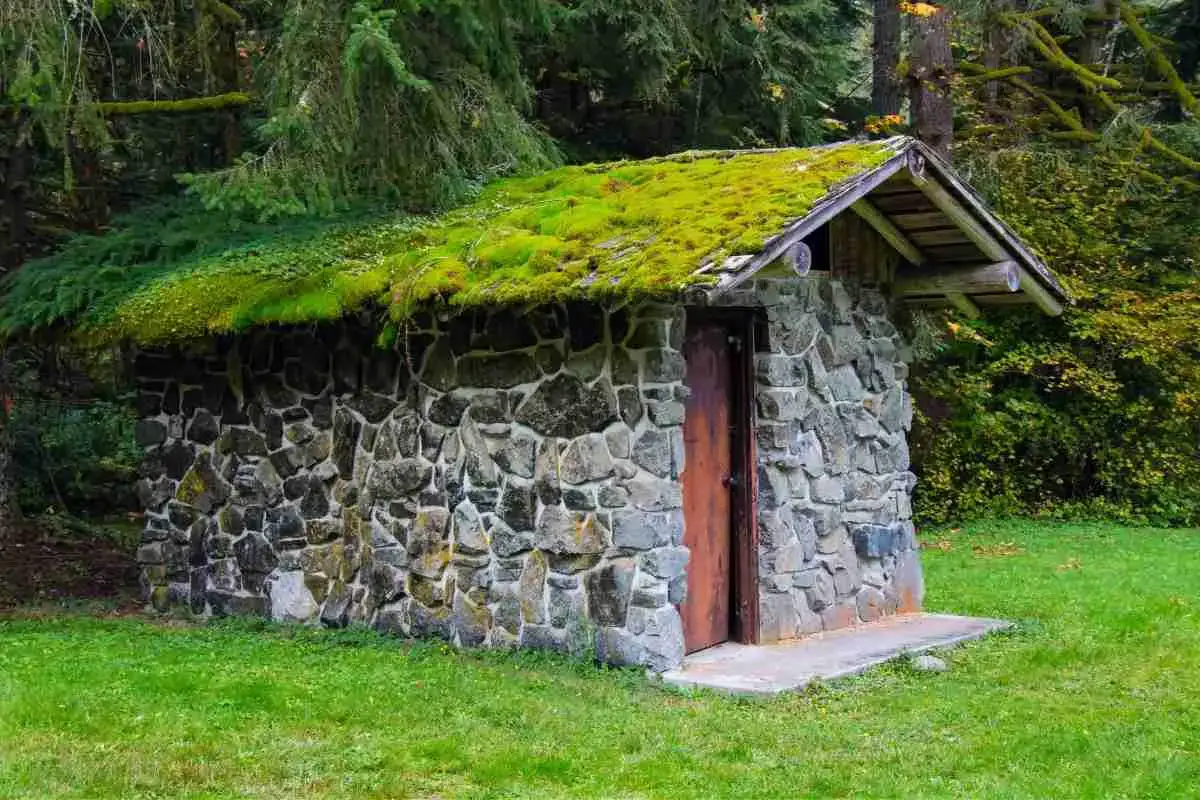
Does Moss (Have And Use) Roots To Grow?
Read more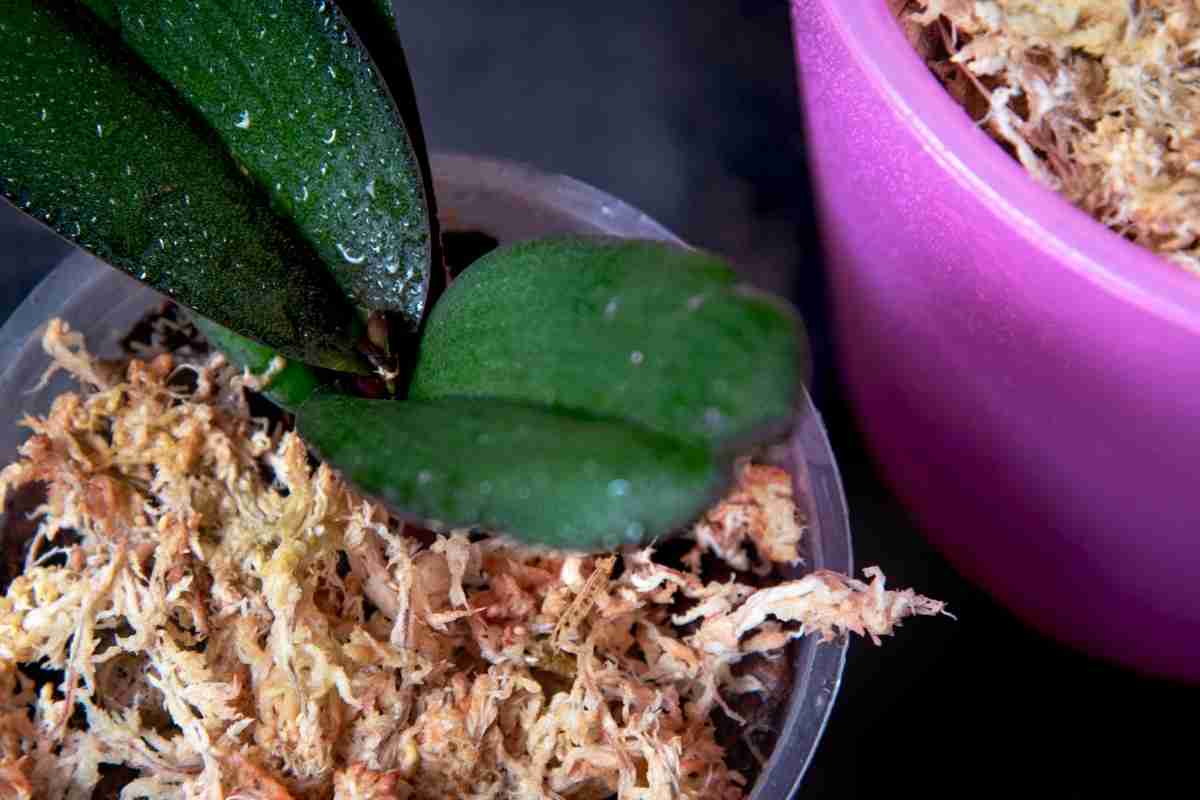
Can Dried Sphagnum Moss Come Back To Life?
Read more
Is Moss Edible? Top 5 Edible Mosses
Read more
5 Simple Tips To Remove Moss From Block Paving
Read more